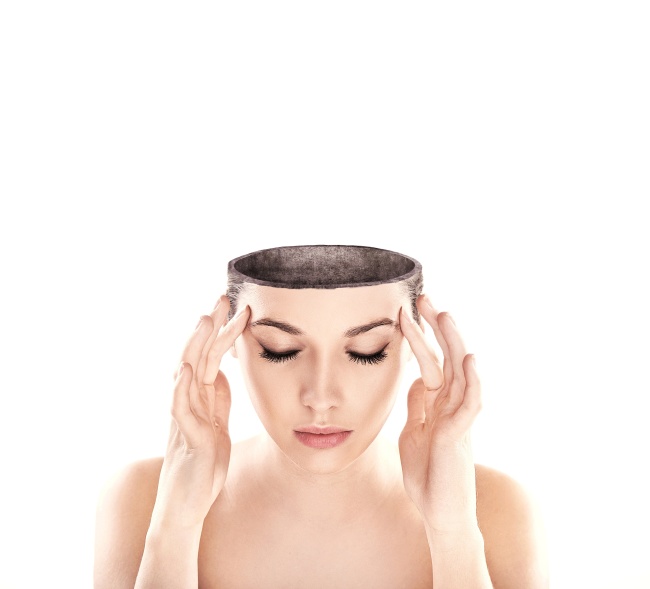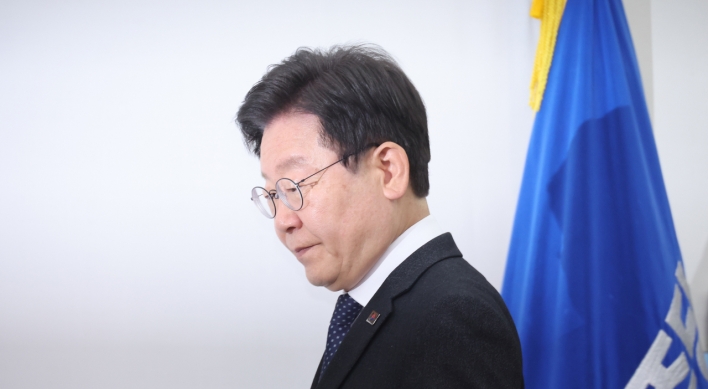
Graduate student Choi Yoon-young, 25, suddenly fainted one day after feeling severely dizzy. She was worried she had a serious disease such as anemia or a brain tumor, but it turned out to be a few tiny stones in her ears.
About 80 percent of vertigo, or severe dizziness, cases are caused by moving calcium crystals in the ear, doctors say. This is called otolithiasis ― a functional disorder of physical balance and kinesthetic sense,
A layer of stones settles in the ears to control physical balance. If the stones are dislodged and flow with the fluid in the ears, accidentally entering one of the three narrow semicircular canals, it affects balance, commonly resulting in dizziness.
While severe dizziness of less than a minute is the most common symptom, some patients feel particularly intense dizziness in the morning or even vomit.
According to the National Health Insurance Service, the number of otolithiasis patients is on the rise, nearly doubling in the last five years.
In 2012, the number of patients reached 282,345, up 43 percent from 2008, with women making up almost two-thirds of patients.
The reason for more occurrences in women is unclear. Some highly suspect that the level of calcium is a factor.
“There are some reports that otolithiasis is connected to internal calcium metabolism. Because women tend to have less calcium then men, it is seen more in female patients, especially those with osteoporosis,” said Choi Hyun-seung, an ear, nose and throat specialist at NHIS Ilsan Hospital in Goyang, Gyeonggi Province.
By age, those over 50 accounted for 64 percent of cases. Those in their 50s made up 23.1 percent, followed those in their 60s and 70s, with 19.2 percent and 16.7 percent, respectively.
“The older patients are, the higher the chances of otolithiasis because the otovestibular gets older as well,” Choi added.
Treatment is simple. An immediate measure is to stay still in an upright position when feeling dizzy. The symptom will disappear in a few minutes.
If the symptom commonly occurs, the moving stones need to be placed back into their original position. In lucky cases, this can be done by slowing moving the head. In many cases, however, doctors must directly put the stones back. Multiple treatments are required if the symptoms still occur. But in most cases, it is cured on the first try.
In order to prevent otolothiasis, doctors advise patients to avoid intense head-shaking or any strong head impact. Changing head position suddenly may also bring on symptoms. Consuming enough calcium and keeping the right posture are also important, doctors added.
By Lee Hyun-jeong (rene@heraldcorp.com)




![[Herald Interview] 'Amid aging population, Korea to invite more young professionals from overseas'](http://res.heraldm.com/phpwas/restmb_idxmake.php?idx=644&simg=/content/image/2024/04/24/20240424050844_0.jpg&u=20240424200058)











![[KH Explains] Korean shipbuilding stocks rally: Real growth or bubble?](http://res.heraldm.com/phpwas/restmb_idxmake.php?idx=652&simg=/content/image/2024/04/25/20240425050656_0.jpg&u=)

